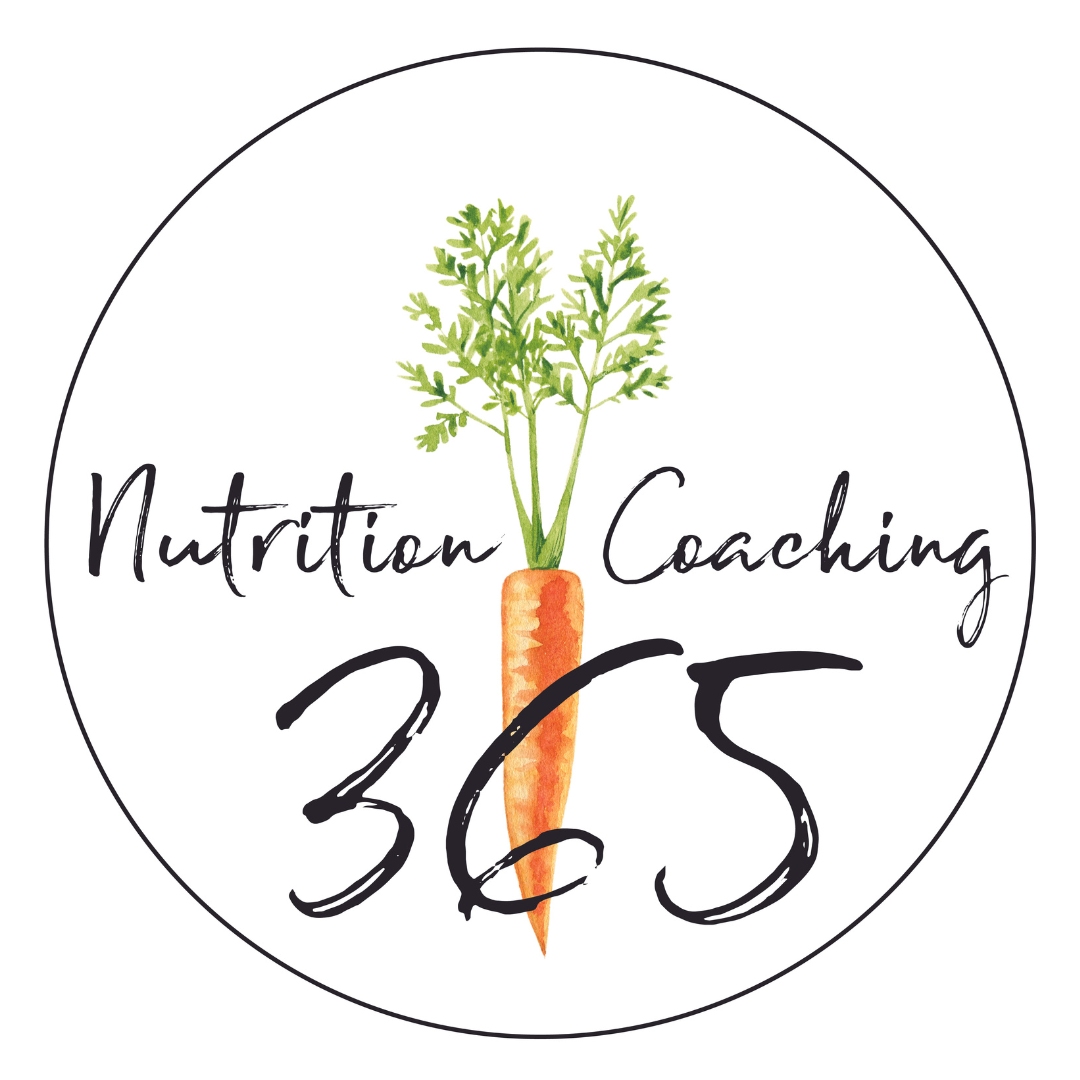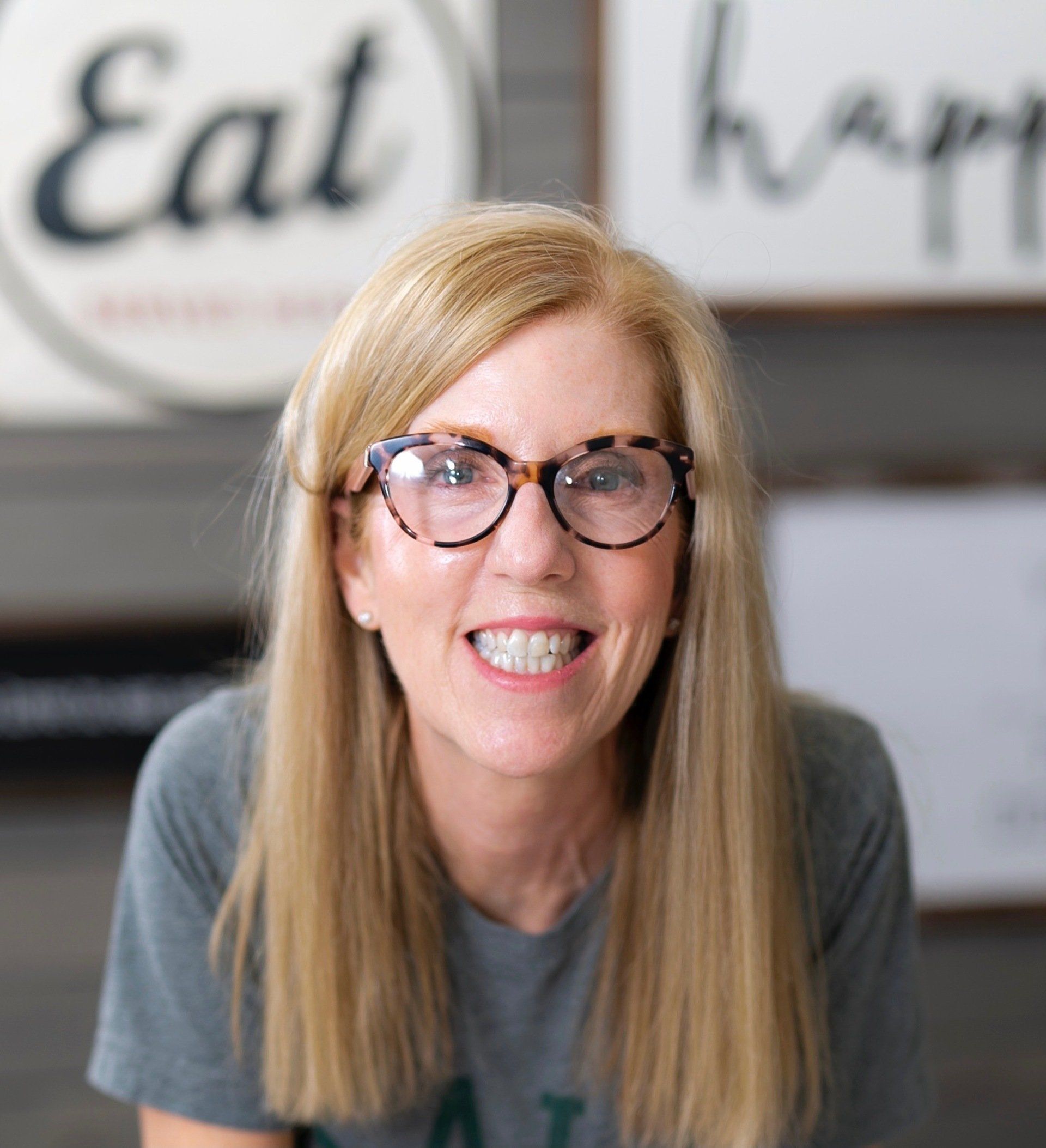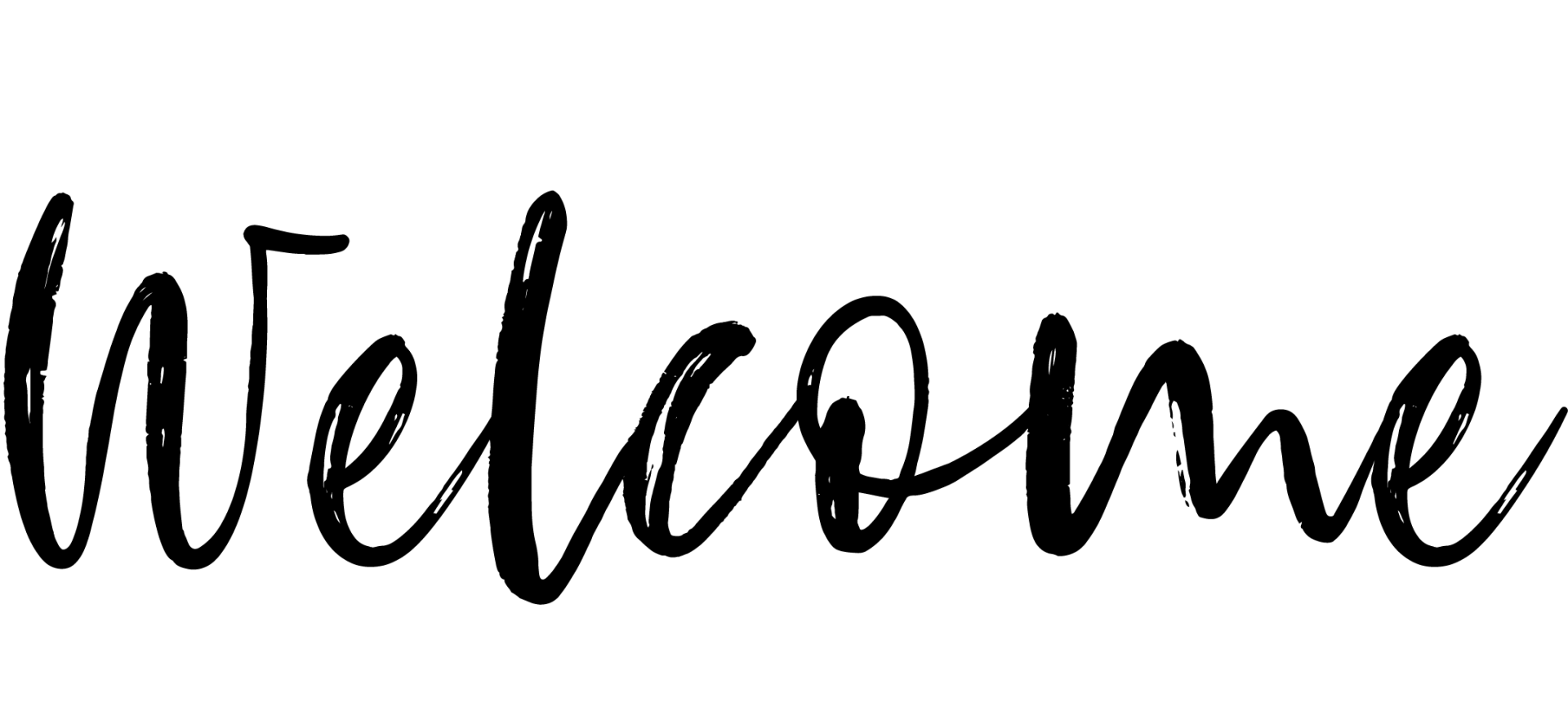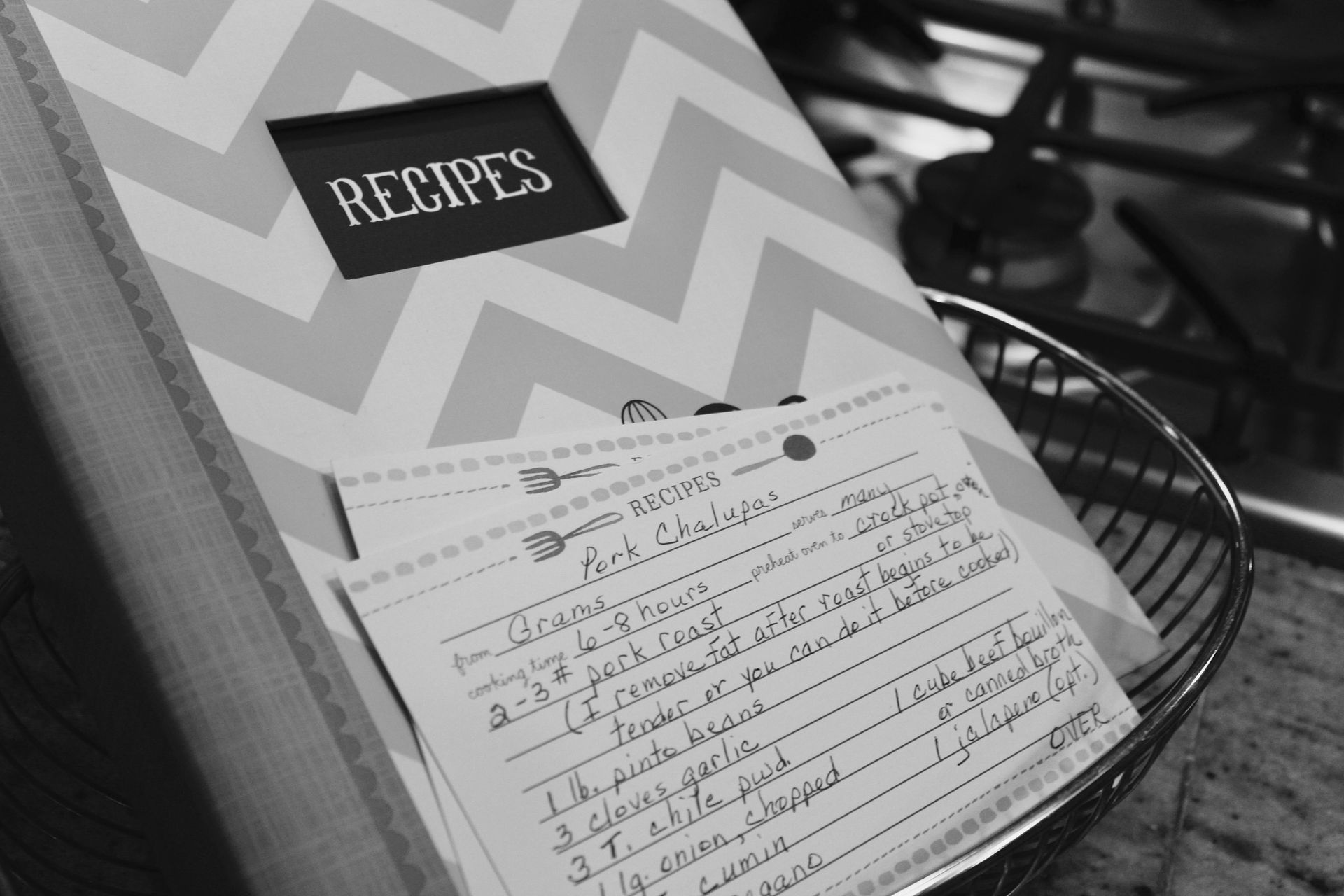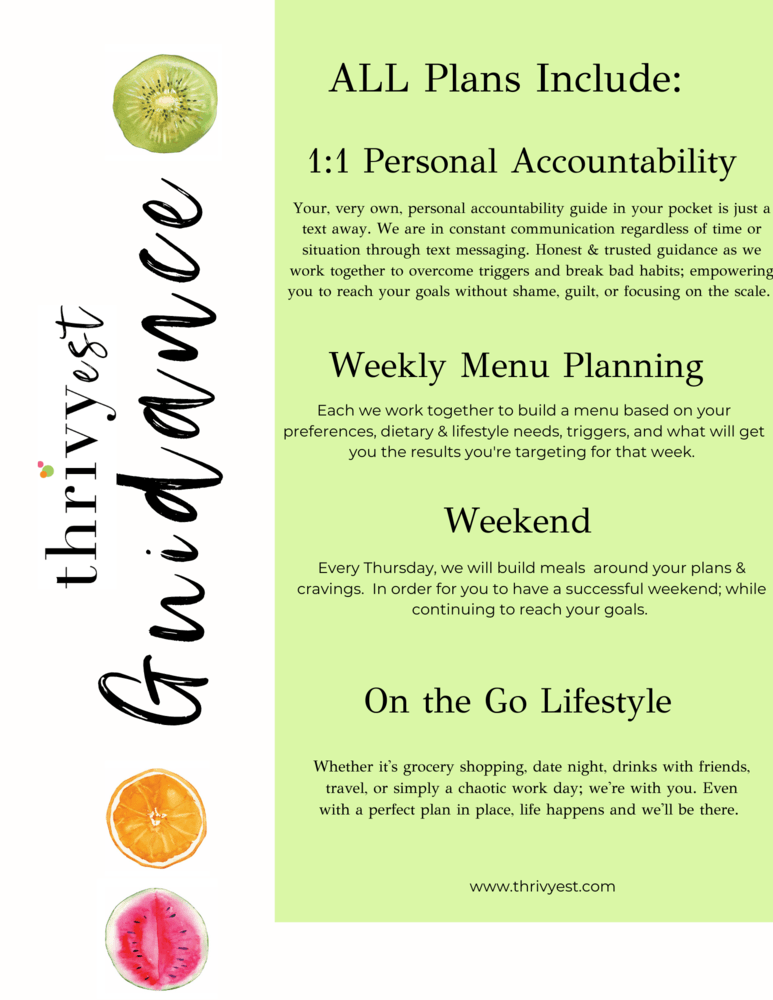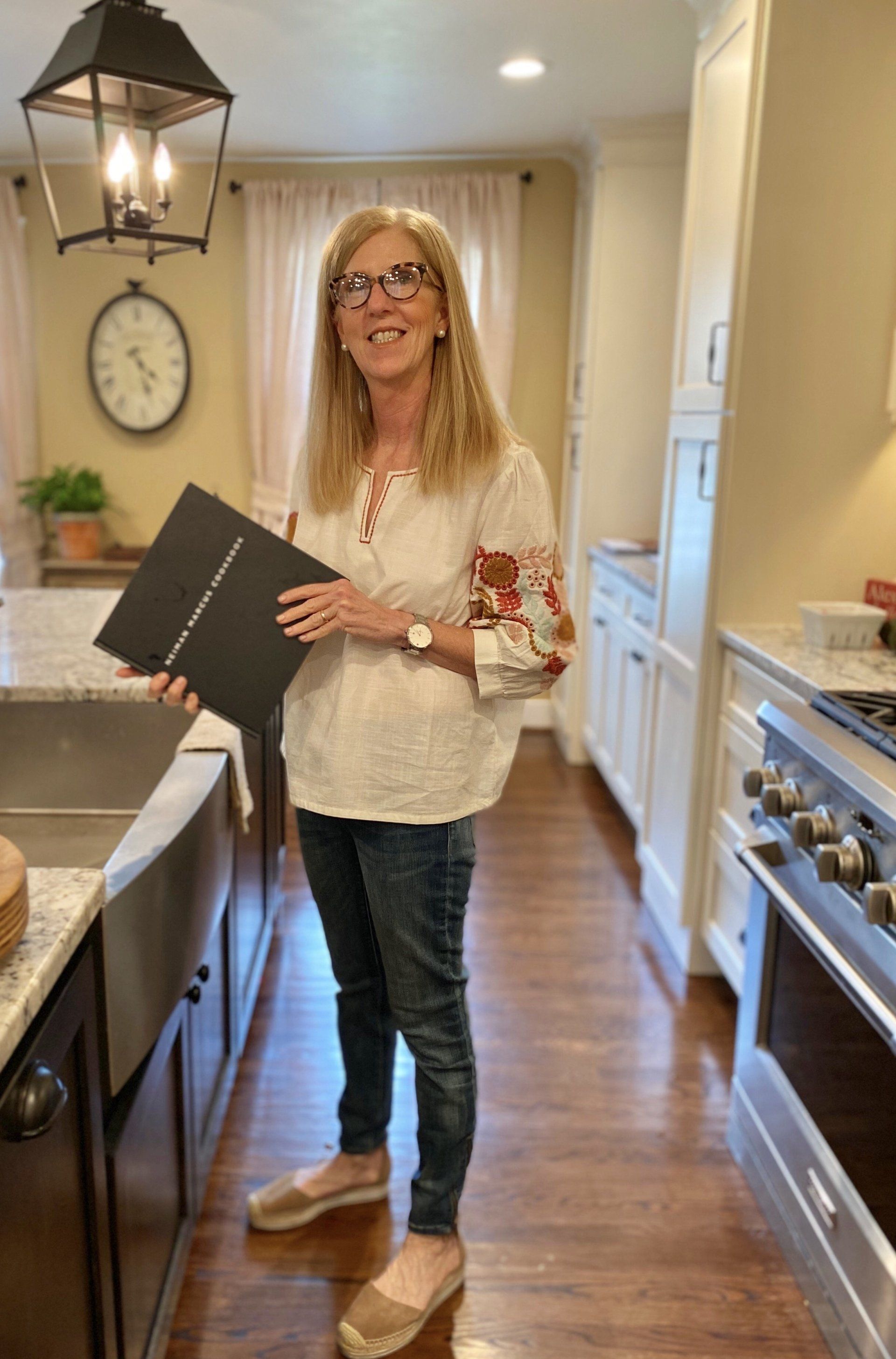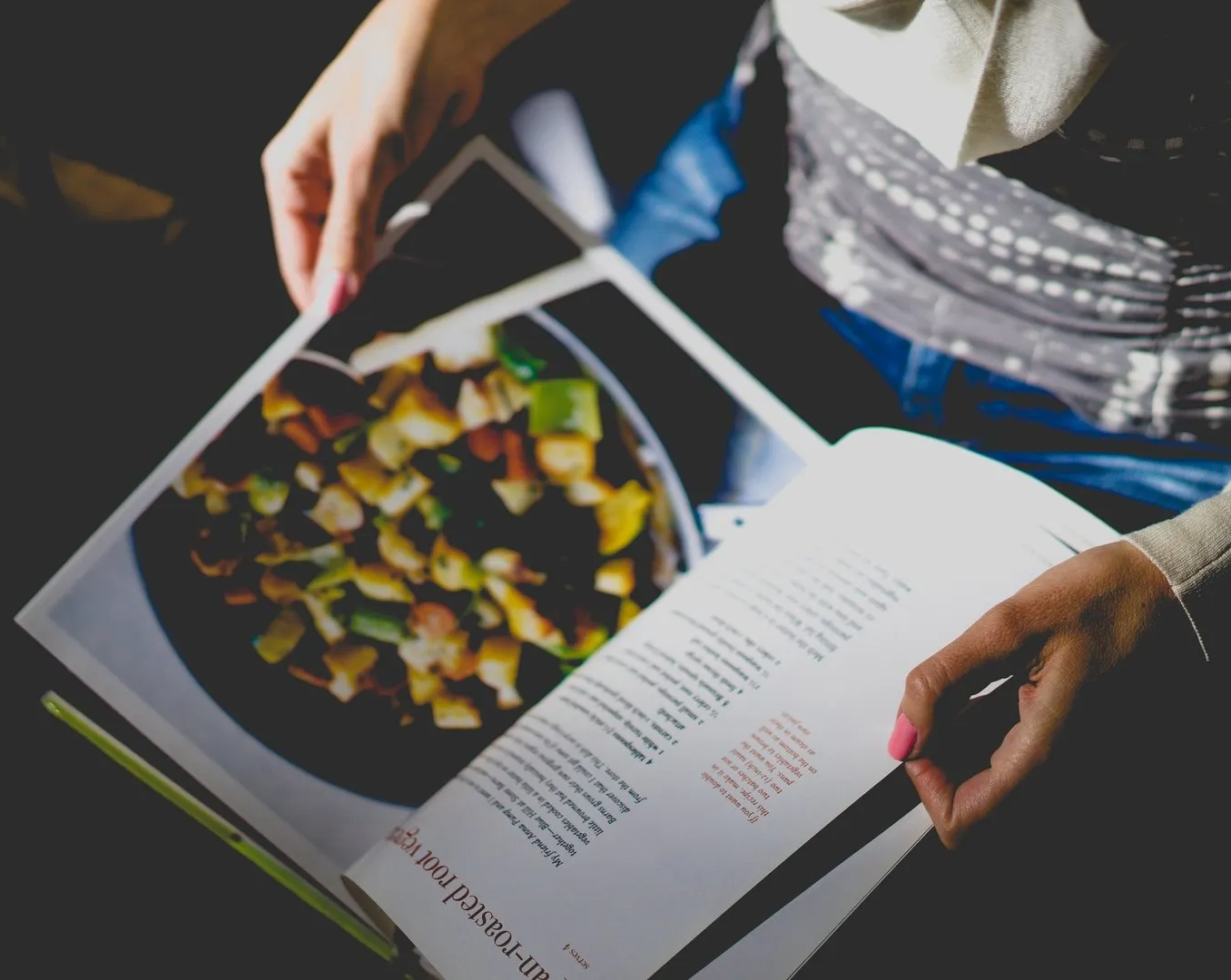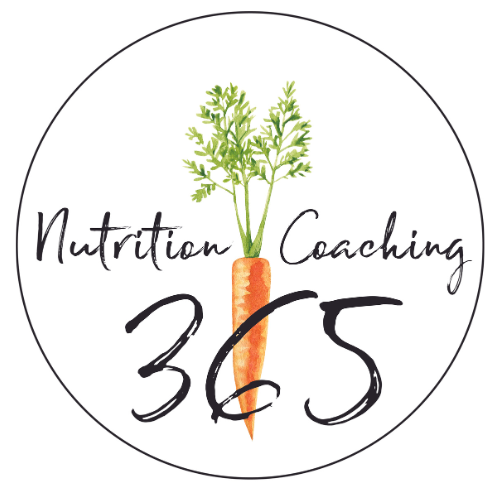How to Track Calories and Protein for Fat Loss: The Ultimate Beginner’s Guide for Women
Simple Calorie and Protein Tracking for Women
Why You’re Not Seeing Results (And How Tracking Changes Everything)
Are you eating healthy but still not seeing the scale move?
You’re not alone.
I’ve worked with hundreds of women in my 6+ years of nutrition coaching, and I can’t tell you how many come to me frustrated. You’ve cut carbs, swapped soda for water, said no to dessert—and yet, that stubborn fat won’t budge. You’re doing everything right, but nothing’s working.
Sound familiar?
Here’s the truth: eating “healthy” doesn’t guarantee fat loss. What really matters is understanding how much you’re eating and whether your body is getting the right fuel.
That’s where tracking calories and protein comes in. It’s not a diet, and it’s not about restriction. It’s about gaining control, finally understanding what your body needs, and seeing the results you’ve been working so hard for.
And trust me, it works.
I’ve seen it firsthand with my clients—women who were stuck in the same cycle for years suddenly start to lose weight, tone up, and feel confident in their bodies. All because they learned how to track the two most important things: calories and protein.
If you’re ready to break through your plateau and finally see real changes, keep reading. This guide will show you exactly how to track calories and protein in a way that’s simple, sustainable, and effective.
Why Calories & Protein Are the Only Macros You Need to Focus On (For Now)
You’ve probably heard of macros—protein, carbs, and fats. And while all three are important, you don’t need to overcomplicate things to get results.
If you focus on just calories and protein, you’ll see massive changes. Here’s why:
✔
Calories control fat loss.
If you eat fewer calories than your body burns, you’ll lose fat. If you eat more, you’ll gain. It’s that simple. (Source: National Center for Biotechnology Information)
✔
Protein protects your muscle and keeps you full.
Protein is key for preserving lean muscle, boosting your metabolism, and keeping you satisfied so you don’t feel hungry all the time. (Source:
Journal of the International Society of Sports Nutrition)
Most women don’t eat enough protein and underestimate how many calories they’re actually consuming. When you start tracking these two numbers, you’ll finally have the clarity you need to make progress.
And don’t worry—you don’t have to get bogged down in complicated math. I’m going to walk you through exactly how to calculate your calorie and protein targets.
The Exact How-To: Calculating Your Calories & Protein Targets
Let’s break this down step by step.
Step 1: Set Your Calorie Goal
Here’s a simple, no-fuss way to set your calorie target:
📌 Goal Weight x 10 = Daily Calories
🔹 Example: If your goal weight is 150 lbs, your starting calorie target is 1,500 calories per day.
This isn’t some crazy low-calorie crash diet. It’s a realistic, sustainable approach to fat loss that actually works.
Step 2: Set Your Protein Goal
Now let’s figure out your protein target:
📌 Goal Weight x 0.8 to 1.0 = Daily Protein (grams)
🔹 Example: For a 150 lb goal weight, aim for 120-150g of protein per day.
Why protein matters:
- Preserves lean muscle as you lose fat
- Keeps you full and satisfied, reducing cravings
- Boosts your metabolism, helping you burn more calories
And here’s the thing—100g of protein is only 400 calories. Hitting your protein goal is totally achievable, and it’s going to make all the difference in how you look and feel.
The Two-Week Learning Curve: Mastering MyFitnessPal Without Overwhelm
I won’t lie—tracking can feel tedious at first.
But here’s what I tell all my clients: give it two weeks. That’s it.
Within two weeks, it’ll feel like second nature. You’ll know how to quickly log your meals, estimate portions, and stay on track without it taking over your life.
💡
Tips to make tracking easier:
✅
Download MyFitnessPal and use the barcode scanner for quick logging.
✅
Save your go-to meals in MyFitnessPal to speed up daily tracking.
✅
Pre-log your meals the night before so you’re not scrambling at the last minute.
🔹 Client story: Sarah was overwhelmed by tracking when she started. She felt like it took forever and wasn’t sure she was doing it right. But after two weeks, she was logging her meals in under 5 minutes a day. Within a month, she’d lost 7 lbs—without giving up her favorite foods.
Why Women Resist Tracking (And Why It’s Costing You Results)
Let’s be real—a lot of women hate the idea of tracking.
And I get it. Tracking can feel restrictive, overwhelming, or just plain annoying. But here’s the thing: not tracking is often the reason you’re stuck.
Common Reasons Women Resist Tracking:
- “I don’t want to obsess over numbers.”
But tracking isn’t about obsession—it’s about awareness. Once you understand your intake, you’ll have the freedom to make informed choices without second-guessing.
- “I’m afraid to see how much I’m actually eating.”
Facing the truth can be uncomfortable, but it’s the first step to making real changes. And once you know, you can adjust and start seeing progress.
- “It’s too time-consuming.”
Yes, it takes some time at first. But once you get the hang of it, it’s quick and easy—and the results are 100% worth it.
Pros & Cons of Tracking:
✔ Pros:
- Total clarity on what’s working (and what’s not)
- Faster, more consistent results
- Better relationship with food—you’ll know what fuels your body
✘ Cons:
- Takes time to learn, but the payoff is worth it
- Can feel tedious if you’re not focused on your goals
The bottom line? Tracking isn’t forever. It’s a tool to help you learn what your body needs, so you can eventually eat intuitively with confidence.
Practical Tracking Tips for Real Life: At Home & Dining Out
At Home:
- Batch-cook and pre-log meals to stay ahead. Check out my meal prep guide for beginners for easy recipes!
- Use a kitchen scale to get accurate with portions at first. Over time, you’ll be able to eyeball it. (Recommended Kitchen Scale)
Dining Out:
- Look up menus beforehand or choose simple, whole-food-based meals. For more tips, check out my post on how to stay on track while dining out.
- When in doubt, choose the average of similar menu items and add 20% to account for hidden oils, sugars, and salts.
💡 Pro Tip: Restaurants aren’t in the business of dieting—they’re in the business of pleasure. Don’t underestimate the hidden calories in dressings, sauces, and oils!
🔹 Client story: Diane used to avoid dining out because she was afraid it would ruin her progress. But once she learned how to estimate portions and track smartly, she was able to enjoy meals out with friends without sabotaging her goals—and she still lost 10 lbs in two months!
Why Accountability is the Game-Changer
Here’s the thing—knowing what to do is one thing. Doing it consistently? That’s another story.
That’s where accountability comes in.
I’ve helped hundreds of women transform their bodies and lives through personalized coaching. My clients don’t just get a plan—they get support, guidance, and accountability every step of the way.
With over 100 5-star Google reviews and 6 years of coaching experience, I know what it takes to help women succeed.
🔹 Client testimonial: “I never thought I could lose weight without starving myself. But with Emily’s coaching, I learned how to fuel my body, track my food, and actually enjoy the process. I’m down 20 lbs and feel better than I have in years!”
Ready for March? Why Now Is the Time to Start (Vacation-Ready Mindset)
Spring is just around the corner, and you deserve to feel confident and amazing in your body. Don’t wait until the last minute to start working toward your goals.
Imagine stepping into March feeling stronger, leaner, and more energized—ready for vacations, beach days, and everything in between.
Now’s the time to take action.
Ready to Transform Your Body and Life?
If you’re tired of guessing and ready for real, lasting results, I’m here to help.
Sign up for personalized nutrition coaching today and let’s get you on the path to sustainable fat loss, muscle tone, and unstoppable confidence.
YOU ARE CAPABLE OF LIVING YOUR HEALTHIEST & HAPPIEST LIFE.
If you’re looking to create healthy habits to gain more energy, improve your sleep + shed a few pounds, you’ve landed in the right place.
Recent Posts
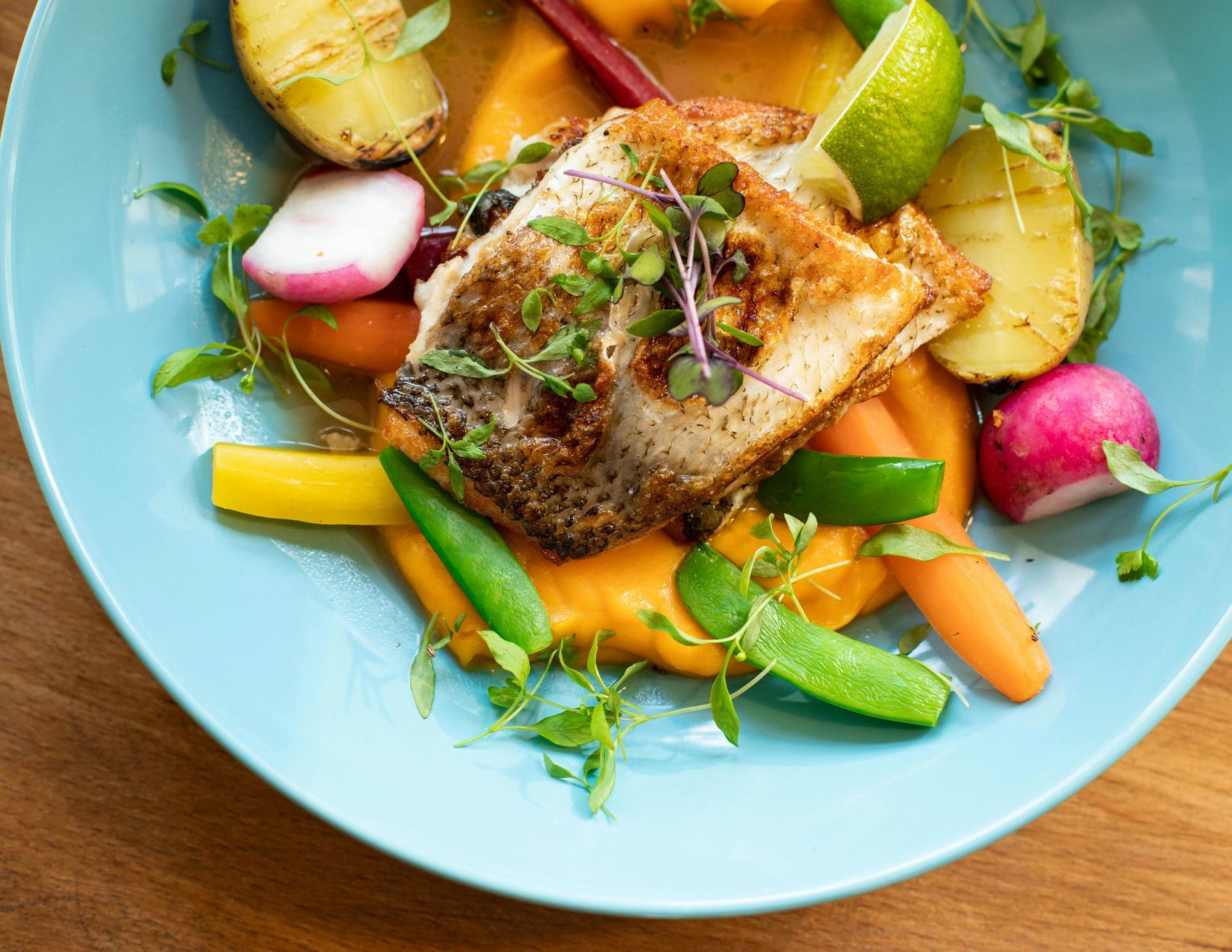
Meet Emily
I love encouraging + inspiring others to reach their healthiest lives through food, fitness + gratitude. As a holistic nutritionist + the founder of Thrivyest, I am passionate about creating habits to help you to live longer + thrive. To thrive in body, mind + soul through personalized, simple + practical steps ensuring you gain more energy, clarity + confidence! Let's connect!
